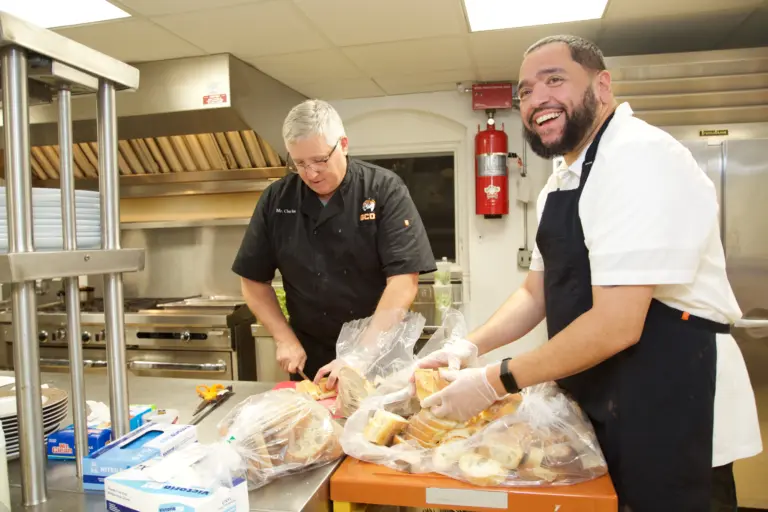By Adam C. Rohdie
Twenty five years ago, Malcolm Gladwell brought the phenomenon of the “tipping point”—defined as “the moment of critical mass, the threshold, the boiling point”—to our attention with his seminal book of the same name. Revenge of the Tipping Point, a follow-up published by Gladwell this year, reexamines how change moves throughout groups of people—for better or worse. Epidemics have tipping points, as do positive changes in norms of behavior.
Why does a town have a sudden rash of young adult suicide? Why did a flurry of bank robberies hit California in the early 1990s? Why do parents who enroll their children in Waldorf Schools also turn out to be against vaccinating their children?
As a school head, I am always trying to better understand what drives groups of students (and adults) to conform to the behavior of others—and why this happens in some cases and not in others.
In this regard, I was fascinated to learn of a recent study from the University of Pennsylvania that takes Gladwell’s work a step further by quantifying how many people need to make a change before a “social tipping point” occurs. Based on more than a decade’s worth of experimental work, the study’s authors conclude that 25% is the magic number. In other words, when 1 out of 4 people take a stand or shift their behavior, this results in a change to the group behavior as a whole.
Think about that for a moment. If just 25% of a group begins to act a certain way, the other 75% will soon follow.
Imagine, if in Greenwich just 25% of parents of children in grades 7-12 got together to take a firm stand against underaged drinking in people’s homes, the impact that would have on the well-being of the children being raised here.
Or, imagine a high school class called Great American Debates where the central core of the class dives into debate on “third rail” topics which have been splintering American society. Imagine if that small group of 15 students took on the burden of demanding that all discourse within the school be grounded in civility. What if they modeled the work from the Great American Debate class…could a whole school change its interactions?
At GCDS, I’ve been witness to the power of a small group creating a ripple effect toward broader change. Several years ago, our school was a leader in banning cell phones during the school day. We felt the rightness of that decision immediately. At the same time, some of our parents banded together—under the moniker TechWise Tigers—to curb the negative impacts of smartphone and social media use at home as well.
Social change that impacts large numbers is hard to pull off. It’s especially hard to shift the use of technology among school-age children, given how ingrained smartphones have become in our society. Many parents feel understandably overwhelmed. However, by actively encouraging and supporting each other without judgment, TechWise Tigers has successfully pushed against the status quo to help families feel more in control of their tech choices.
In our 6th grade this year, the number of families who have pledged to delay access to smartphones and social media represents over 30% of the grade and as a result a movement is afoot. Our teachers in the grade are reporting a real change. In their most recent newsletter, the TechWise Tigers wrote:
“Our group is kind of a big deal… We’re making real change happen! So many families in our current 6th grade class agreed to drag their heels on giving kids phones/social media, there’s been a true shift in the norm from years past. As one current 6th grade teacher put it: ‘It is an entirely different world in our 6th grade this year — the reduction in phones has been phenomenal.’”
This is what it looks like when a school community takes collective action. This is what’s possible when teachers, parents, and administrative leaders all work together to promote safe and healthy tech habits, and prepare children to thrive in the digital world.
I don’t know about you, but I feel heartened that it takes just one in four people to spark real improvement. Even when we’re overwhelmed by the complexity of an issue, we can take one positive step forward—and be part of the 25% trying to make things better for all.
Adam Rohdie is Head of School, history teacher, and basketball coach at Greenwich Country Day School, the only independent co-educational, Nursery-Grade 12, college preparatory day school in Greenwich, CT.




